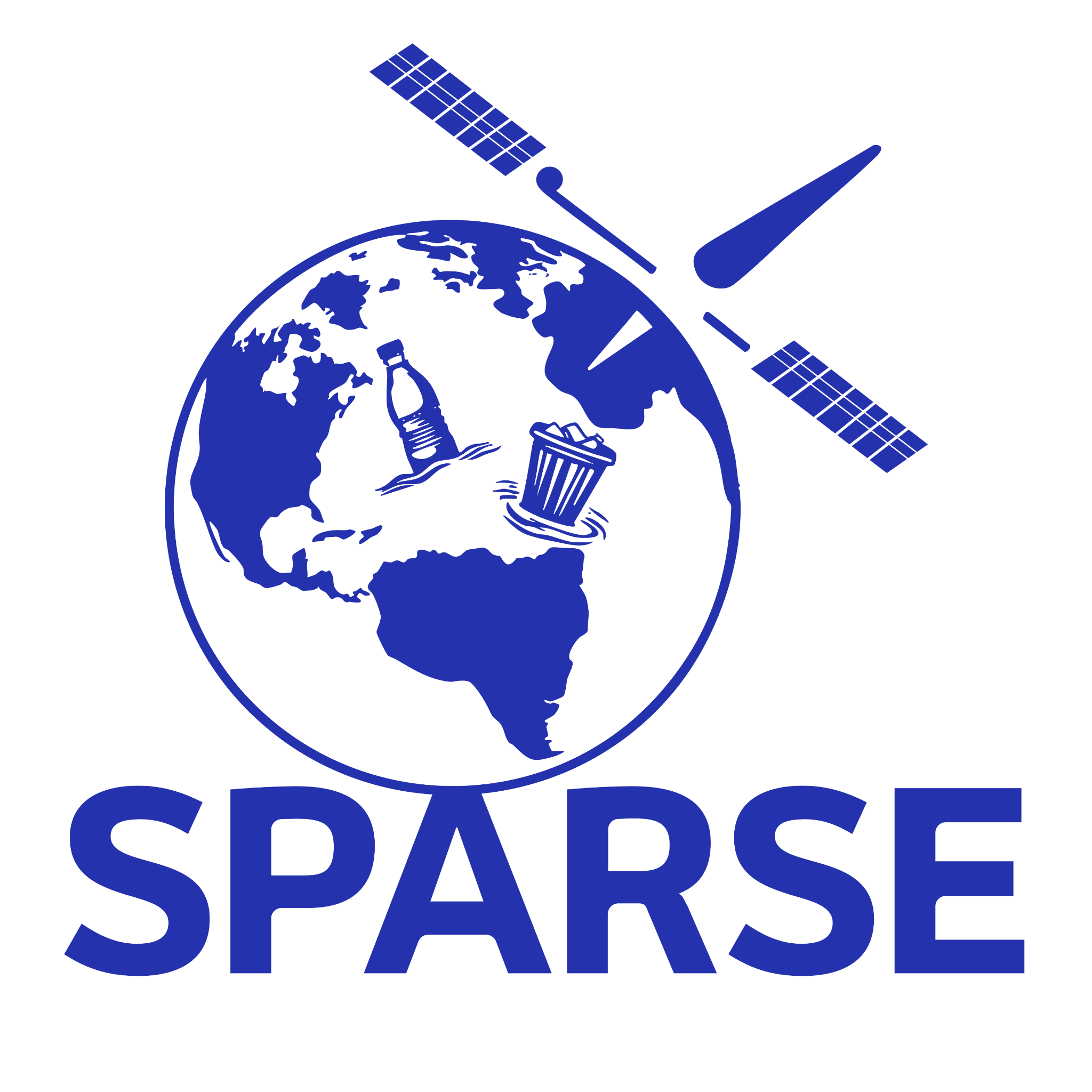
With plastic production and disposal projected to increase, action is required to improve our capability to monitor this anthropogenic phenomenon across the land-to-sea continuum to contribute to the definition of better and more targeted strategies aimed at preventing much of the litter to end up in the oceans. Remote Sensing techniques have the potential to support the detection, identification, quantification and tracking of litter from source to sea, allowing for monitoring over wide areas and with a high temporal resolution. Marine plastic litter is often found in areas of high accumulation with other types of floating matter, as litter windrows and biomass blooms, potentially suitable as a proxy for satellite-based detection of plastic pollution. The advancement of remote sensing and satellite-based techniques to monitor marine litter might be extended to a wider variety of marine contaminants, including oil spills, facilitating detection and remediation approaches.
This 3-day interdisciplinary workshop welcomes researchers and experts across communities to tackle knowledge gaps in plastic pollution monitoring that remote sensing could contribute to fill in, address challenges as well as the need to advance the development of space-based and remote sensing techniques to measure plastics, litter and other pollutants in water and its proximity, thereby identifying hot spots for early mitigation strategies.
The workshop is sponsored by The European Space Agency, Future Earth, and the Labex CaPPA through IMT Nord Europe; supported by the international program SOLAS and hosted by the Department of Biotechnology, Chemistry and Pharmacy of the University of Siena, Italy, in the historical settings of the Santa Chiara Lab in Siena city center.